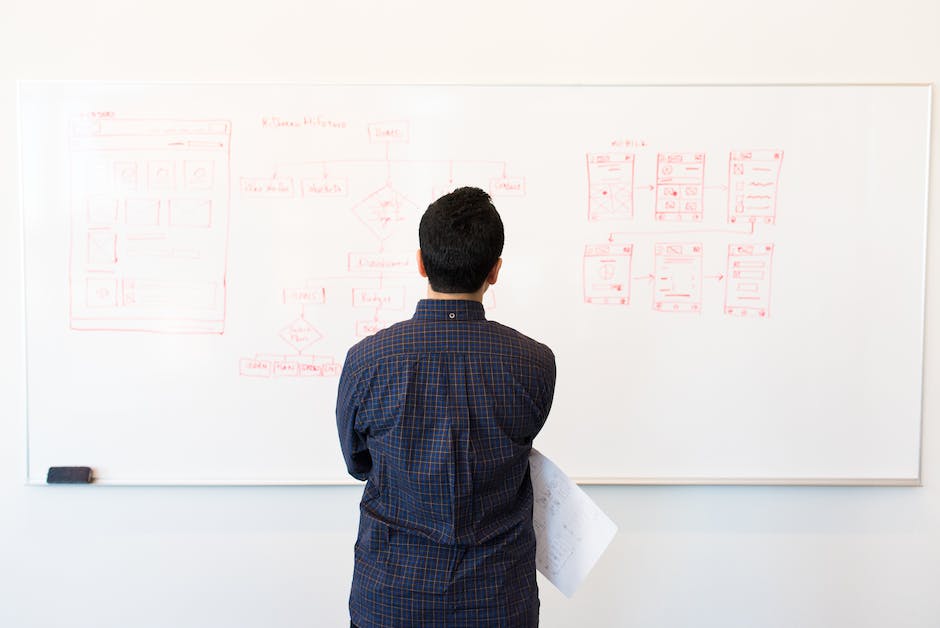영어 번역은 다른 언어로 된 내용을 영어로 바꾸는 과정을 말합니다. 이 과정에는 문장 구조와 문화적인 차이를 고려하여 원본의 의미를 정확하게 전달하는 것이 중요합니다. 번역은 기계번역과 인간번역 두 가지 방법으로 이루어집니다. 기계번역은 인공지능 기술을 이용하여 자동으로 번역하는 것이며, 인간번역은 전문 번역가가 직접 번역하는 것입니다. 각각의 방법에는 장단점이 있지만, 최종적으로는 번역의 목적과 수행되는 업무에 따라 선택되게 됩니다. 아래 글에서 자세하게 알아보겠습니다.
Introduction
Translation is the process of converting a text from one language to another. It involves considering sentence structures and cultural differences to accurately convey the meaning of the original content. Translation can be done through machine translation or human translation. Machine translation uses artificial intelligence technology to automatically translate, while human translation is done by professional translators. Each method has its own advantages and disadvantages, but the choice ultimately depends on the purpose and task at hand. In this article, we will explore the basics of English translation.
Understanding the Source Text
When translating from one language to another, it is crucial to understand the source text completely. This involves not only comprehending the words and grammar but also capturing the intended meaning and tone. It is important to analyze the context, cultural references, and nuances used in the source text to ensure an accurate and faithful translation.
Translating Sentence Structure
Sentence structures can vary significantly between different languages. While some languages follow a subject-verb-object (SVO) structure like English, others may have subject-object-verb (SOV) or subject-verb-object-indirect object (SVOIO) structures. Translators should be familiar with the unique sentence structures of both the source and target languages to create clear and grammatically correct translations.
Cultural Considerations
Cultural differences play a crucial role in translation. Certain words, phrases, or concepts may not have direct equivalents in the target language, requiring translators to find suitable alternatives that convey the same meaning. Additionally, idiomatic expressions and humor may need to be adapted to ensure they make sense in the target language and culture.
Machine Translation vs. Human Translation
Machine translation offers speed and convenience, especially for simple and straightforward texts. However, it may struggle with complex or culturally-specific content, resulting in inaccurate or unnatural translations. On the other hand, human translation provides the advantage of cultural and contextual understanding, allowing for more accurate and nuanced translations. Professional translators have the ability to consider the subtleties of language and culture, resulting in higher quality translations.

기획 하다 영어로 번역
The Importance of Proofreading and Editing
Once a translation is complete, it is essential to proofread and edit the text. This step ensures that the translation is accurate, grammatically correct, and flows smoothly. Proofreading and editing also help to identify any errors or inconsistencies that may have been overlooked during the translation process.
Quality Assurance in Translation
Quality assurance is an integral part of the translation process. It involves reviewing the translation for accuracy, consistency, and adherence to the intended meaning of the source text. Proofreading and editing are crucial steps in quality assurance, but additional measures such as terminology management, style guides, and client feedback help to maintain high translation standards.
Collaboration with Subject Matter Experts
Collaboration with subject matter experts (SMEs) is beneficial for translating specialized or technical content. SMEs have expertise in specific fields and can provide valuable insights and knowledge to ensure accurate and precise translations. Their input helps to maintain the integrity of the content and ensures that the translation is tailored to the target audience.
Continued Professional Development
Translation is an ever-evolving field, with language trends, terminology, and technology constantly changing. Professional translators must engage in continued professional development to keep up with these changes. This includes attending workshops, conferences, and training programs, as well as staying updated on language tools and resources. Continued professional development helps translators enhance their skills and deliver high-quality translations.
Conclusion
English translation involves capturing the essence of the source text and conveying it accurately in the target language. It requires an understanding of sentence structures, cultural differences, and context. Choosing between machine translation and human translation depends on the specific requirements of the task. Proofreading, quality assurance, collaboration with SMEs, and continued professional development are essential components of the translation process. By considering these factors, translators can produce translations that effectively communicate the intended message and resonate with the target audience.
마치며
Translation is a complex task that requires a deep understanding of language, culture, and context. It is essential to accurately convey the meaning and intent of the source text in the target language. Whether using machine translation or human translation, it is important to proofread and edit the final translation to ensure accuracy and clarity. Collaboration with subject matter experts and continuous professional development are also crucial for delivering high-quality translations. By considering these factors and following best practices, translators can effectively bridge language barriers and facilitate effective communication across cultures.
추가로 알면 도움되는 정보
1. Terminology management tools can help maintain consistency in translations by storing and organizing terminology specific to a subject or industry.
2. Style guides provide guidelines for translators to ensure consistency in writing style, tone, and formatting.
3. Client feedback is valuable for improving translation quality and meeting the specific requirements and preferences of the client.
4. Localization involves adapting the translation to the target culture, including factors such as dates, measurements, currency, and idioms.
5. Machine translation can be used as a tool for quick understanding of text, but for accurate and nuanced translations, human translators are still essential for complex content.
놓칠 수 있는 내용 정리
Translation may not always capture the exact nuances and cultural references of the source text. It is important to consider the target audience and adapt the translation accordingly. Additionally, it is crucial to proofread and edit translations to ensure accuracy and clarity. Collaboration with subject matter experts and continuous professional development are also key to delivering high-quality translations. Finally, machine translation can be a useful tool, but it is not a substitute for human translation and may not capture the subtleties of language and culture.

